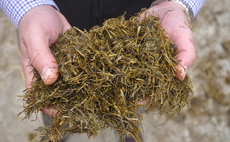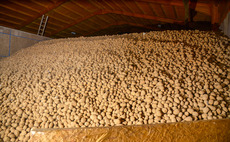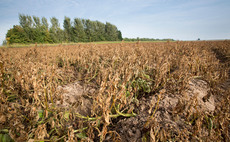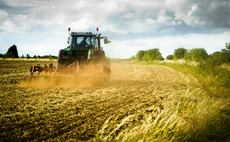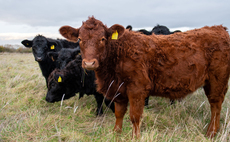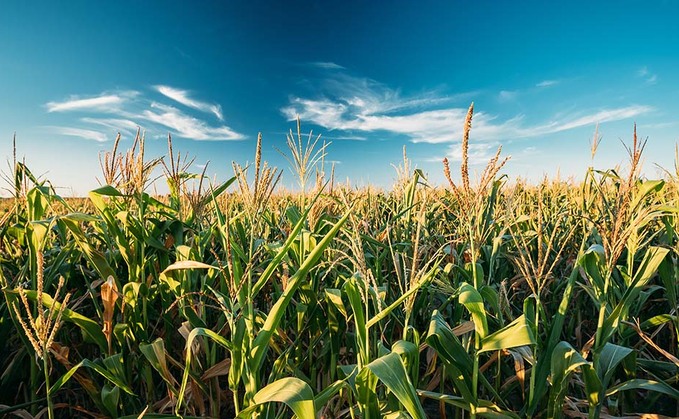
Recent cool, damp conditions are favouring maize eyespot with the first and most serious infection occurring in mid-July when the crop is at the 10-leaf stage. It can hit yield by up to 60 per cent, according to Maize Growers Association agronomist Jon Myhill.
The second and slightly less serious infection is in August when generally the crop is likely to mature before the full effects of maize eyespot are seen, he says. "This year we have seen cool, wet weather throughout June and, if this pattern continues, there will be a build-up of inoculum which will cause a high risk of infection in July.
"The good news is that if we have high temperatures in July - over 27degC for 2-3 days, particularly if it is dry at the same time, this will prevent build-up of the disease. These conditions tend to occur infrequently away from the South West and Welsh coasts, so it is still worth waiting to see what the weather brings. However, for these coastal areas it is almost a given that spraying is likely to be beneficial this year."
Mr Myhill recommends an application of Opera (pyraclostrobin + epoxiconazole) at 1.5 l/hectare should be applied in mid-July when the crop is 1m tall - the last time a sprayer can travel through the crop without causing damage.
Loss of epoxiconazole
Following the loss of epoxiconazole, Opera is no longer commercially available from distributors. Its final use up date is October 31, 2021, which means that it is still permissible to use it on maize this season if growers have stock left in their chemical stores, says Mr Myhill.
In the past couple of years there has also been a build-up of helminthosporium (leaf blight), which also requires cold, wet conditions to prosper, says Mr Myhill. "Comet at 1.0l/ha can give some control over this disease as well as eyespot."
Tazer (azoxystrobin) at 1l/ha may also be applied in cases of eyespot and leaf blight. "Should a secondary infection occur in August due to cold, wet conditions then a second spray could be considered or even a first spray in areas where the disease was not prevalent in July, but this need only be done if the crop is unlikely to be harvested by the end of the first week in October, as it normally gets to maturity before the disease destroys it," according to Mr Myhill.






